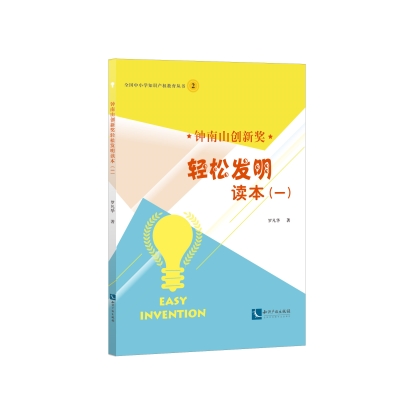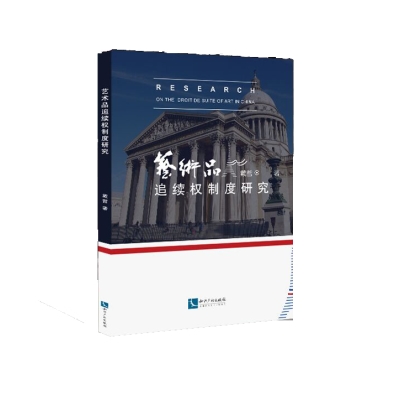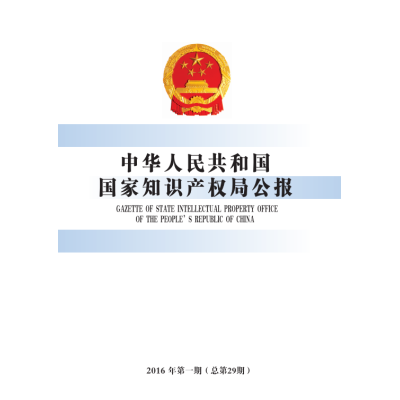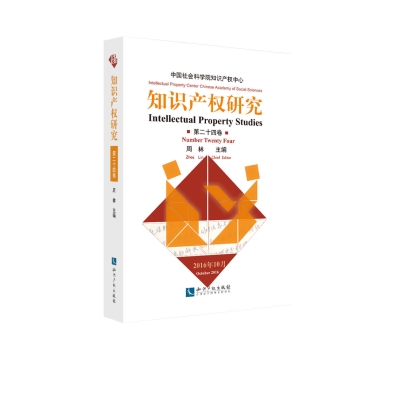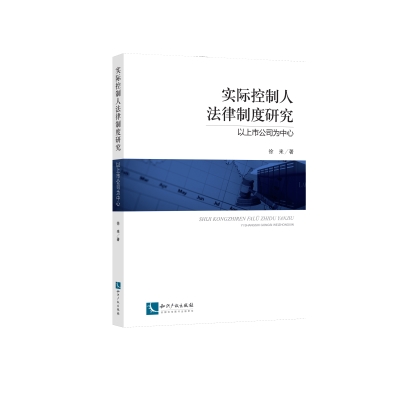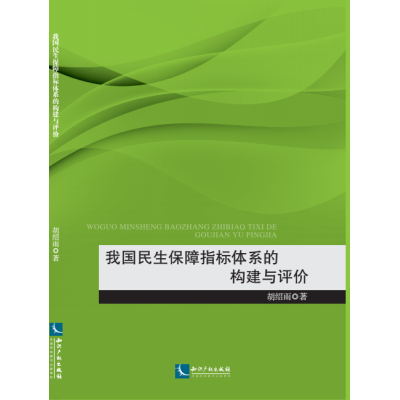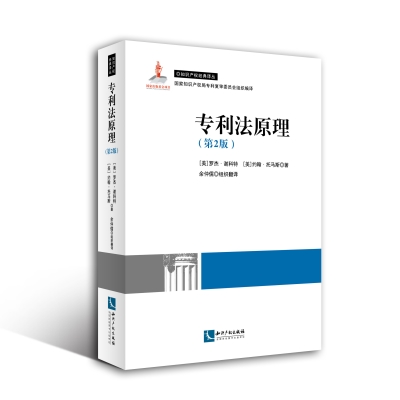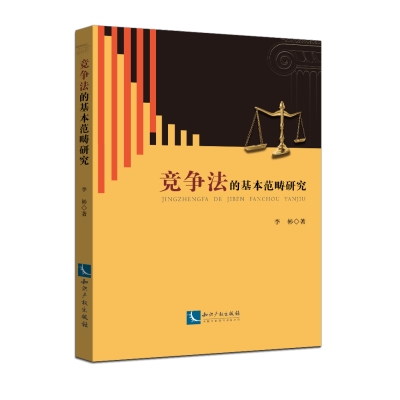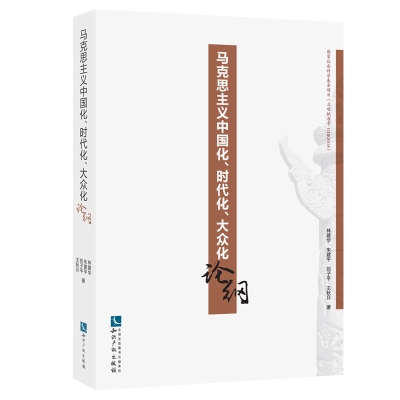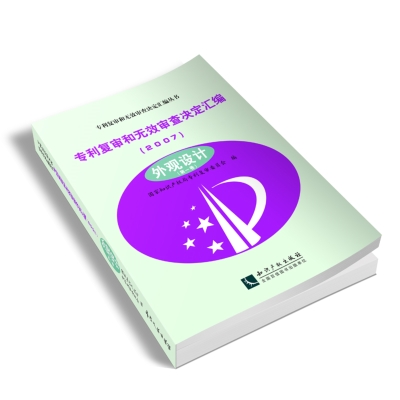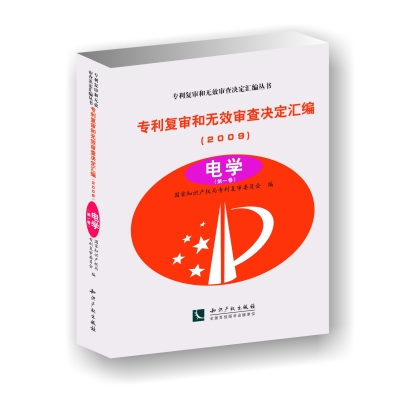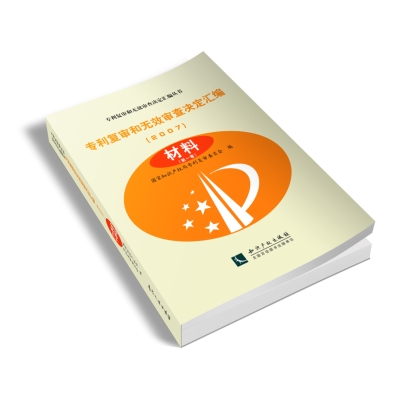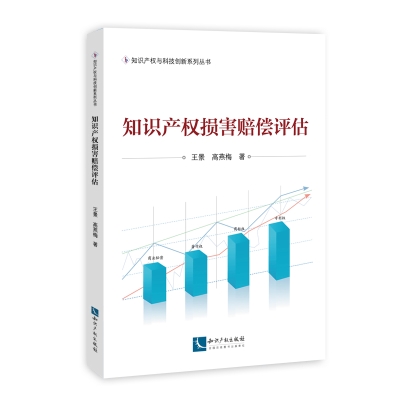作者简介
陈卫国,国际关系学院副教授、硕士生导师,2002年11月至2005年1月,厦门大学财政系博士后;2005年2月至2007年1月,密歇根大学法学院访问学者;2007年4月至6月,台湾大学法学院访问教授。代表性作品有:《税法基础理论》(合著)、《美国联邦税收程序》、《财政法基本原则论纲》。
内容简介
本教材考察了体现于众多税收条约和国内法的连贯一致的国际税收体系,以及其作为国际法重要组成部分的路径,无论是基于条约还是基于惯例。其实践性内涵还在于:各国不能任意它们喜欢的国际税收规则,而只能在国际税收体系的背景下运作。当国际法随时间的迁移发生变化时,这个体系也会同样发生变化。因此,单边行动虽然不是没有可能,但是也会受到限制,各国通常都不愿采取违反这个体系基本准则的单边行动,阐释了国际税收体系的结构,也详尽分析了美国税法如何体现其根本准则。
目录
Chapter 1Backgrounds
I Introduction
II Why taxation
III Optimal taxation
IV Goals of international tax rules
V Current taxation system of China: an overview [=§ 6I]
Chapter 2Tax treaties and model tax conventions
I Important role of international tax treaties
II Treaty as main source of international laws
III Legal nature and general effect of tax treaties
IV Objectives of tax treaties
V Model tax conventions
VI Interpretation of tax treaties
VII Multilateral conventions or provisions involving tax matters
VIII Multilateral forums and coordinators on tax matters
Chapter 3Jurisdiction to tax
I Introduction
II Categories of ‘jurisdiction to tax’
III General income tax liabilities under Chinese domestic laws[=§ 6II]
IV Residence rules: defining ‘resident’
V Resident in Chinese tax laws [=§ 6III]
VI Source rules: determination of ‘source jurisdiction’ and source taxation
VII Source taxation in Chinese laws [=§ 6IV]
VIII Tax jurisdictions: conclusion
IX Bilateral modes helpful to resolve conflicts of jurisdictions
Chapter 4Double taxation and its relief
IInternational double taxation defined
IICauses of IDT
IIIGeneral approach to relieve double taxation
IVRelief mechanism (1): deduction method
VRelief mechanism (2): exemption method
VIRelief mechanism (3): credit method
VIITax sparing
VIIIRelief of double taxation under Chinese laws [=§ 6V]
国际税收
Contents
Chapter 5Tax avoidance and antiavoidance rules
IImportant terms
IICauses of international tax avoidance
IIIBalance of tax avoidance and countermeasures: ethics of tax
avoidance, and justification of antiavoidance measures
IVBasic elements and ways of tax avoidance
VOverview of antiavoidance methods
VIThin capitalisation and thin capitalisation rules
VIIUse of tax deferral and CFC rules
VIIITransfer pricing and its prevention
IXTreaty shopping and antishopping clauses
XHybrid mismatch and antihybrid rules
XI(International) tax planning and international coordination
XIISpecial tax adjustments under Chinese laws: antiavoidance
rules on enterprise income tax [=§ 6VI]
XIIIConclusion: international tax law framework
Chapter 6Chinas international taxation administration
ICurrent taxation system of China: an overview [=§ 1V]
IIGeneral income tax liabilities under Chinese domestic laws[=§ 3III]
IIIResident in Chinese tax laws [=§ 3V]
IVSource taxation in Chinese laws [=§ 3VII]
VRelief of double taxation under Chinese laws [=§ 4VIII]
VISpecial tax adjustments under Chinese laws: antiavoidance
rules on enterprise income tax [=§ 5XII]
References
〖=(〗113133374244444651535563747577787984859696146146148160160163169173176181198202204205217224228230235240252284291298310311314314338349360389402428〖=〗
Illustrations & Cases
Illustrations
IL1: Some important principles in the field of international taxation2
IL2: Sale of a selfbuilt house (determining the amount of gross income)9
IL3: Payment to a contractor who built a house for the owner
(determining the amount of gross income)10
IL4: Roxanne supporting a child living abroad (a simple example of
‘international tax law’)13
IL5: Roxanne receiving interest paid by a foreign bank
(tax liability under treaty and domestic law)15
IL6: The expenditure on environmental protection facility reducing
the effective tax rate17
IL7: The meaning and use of quick deduction (progressive rates)18
IL8: Reeve being paid $20′000 this year (various tax rate structures)19
IL9: James and Angela spending on purchases (‘regressive’ excise tax)20
IL10: Consulting service at the end of a year (cash method for revenue)22
IL11: Temporary employment at the end of a year (cash method for expenses) 22
IL12: Threeyear loan at compound interest rate of 10%
(‘nett income under cash method’ and ‘cash flow’)22
IL13: Consulting service at the end of a year
(accrual method for revenue)23
IL14: Temporary employment at the end of a year
(accrual method for expenses)23
IL15: Chin being paid ¥162′000 this year as her salary
(a simple example of individual income tax computation)24
IL16: Both Reeve and Nancy earning $100′000
(transnational interindividual equity)38
IL17: Reeve earning income from three foreign countries (tax jurisdiction)39
IL18: A German company with a branch in Tunisia (capital import and
export neutrality)41
IL19: Taxation on ‘royalties’ (treaty interpretation)49
IL20: ‘Guaranteed’ low rate on royalties under a tax treaty
(certainty through tax treaty)55
IL21: ‘Substance over form’ doctrine (treaty interpretation)64
IL22: What is ‘liable to tax’ (tax treaty interpretation)64
IL23: Mr Walter performing abroad (residence and source jurisdiction)79
IL24: Dividends paid to resident or nonresident? (tax jurisdictions)85
IL25: Placeofmanagement shifted to law tax country and receiving royalties there
(a way to escape high taxes)93
IL26: Income of a law firm who providing transnational services
(difficult to define ‘source’)98
IL27: Painter painting in a large office building (coherent commercial activity)
(location test for PE)103
IL28: Salesman regularly visiting customers office (‘disposal’ test for PE)106
IL29: Employee using subsidiarys office to ensure the performance of
previous contracts (‘disposal’ test for PE)106
IL30: Prebuilding road and postbuilding restoring (starting time of a PE)107
IL31: Praxis selling wooden chairs abroad through PE (PEs income taxable?)111
IL32: Praxis selling wooden chairs abroad through PE at $90
(‘separate entity approach’ to determine PEs income)112
IL33: Praxis selling wooden chairs abroad through PE at $90
(‘separate entity approach’ to determine PEs income)112
IL34: Apportionment of income from sales in two states
(3factor formula method)114
IL35: Praxis selling wooden chairs abroad through PE (income attributable to PE
under ‘2factor apportionment method’)115
IL36: Sale of manufactured widgets through a PE (different assumptions under
arms length method)116
IL37: Interest received by banks branch as PE and the possible double taxation
(the effect of PE rule)118
IL38: Chin being paid ¥162′000 for her services (source taxation on personal
services income)118
IL39: Painter painting in clients office for two years (PE or fixed base?)120
IL40: Working for 170 days and staying another 3 weeks on vocation
(source taxation on an foreign employee: presence)122
IL41: Hiring welders through a foreign person
(international hiring out of labour)124
IL42: Danish company and workers building house in Germany
(source taxation rules)126
IL43: Resale of branded shirts (not paying for the application of a trade mark)
(meaning of ‘royalties’)131
IL44: Payment for the ‘development’ of a plan
(service payment or royalties?)131
IL45: Accountancy firm buying list of tax decisions (payment for services)
(meaning of royalties)133
IL46: Payment for a machinery together with technical documents and
attached software (meaning of royalties)133
IL47: Payment for a new manufacture process (meaning of royalties)134
IL48: Payment for a franchise agreement of hotel managing
(meaning of royalties)134
IL49: Payment for various things abroad (information/knowhow and services)
(meaning of royalties)135
IL50: Interest paid to a resident Bank chargeable to a PE (interest in connection
with PE) (triangular case)140
IL51: Rent from Paraguay paid to a Mexican resident who keeping a house in
Denmark (income from third states) (21 OECDMTC)145
IL52: Dividends between contracting states redistributed through an
‘intermediate’ thirdstate corporation (21 OECDMTC)145
IL53: Consulting firms combined tax rate (double taxation)163
IL54: Resident individual working abroad 4 months
(residencesource double taxation)164
IL55: Dividends paid to foreign shareholders
(residencesource double taxation)165
IL56: Foreign tax credit not available under different consolidation rules
(double taxation)165
IL57: Furnishing of services for a project (service PE under 5.3(b)UNMTC)
(bilateral arrangement to relieve double taxation)172
IL58: Consulting firms domestic tax under deduction method
(double taxation relief)174
IL59: Deduction of tax for foreign dividend (double taxation relief)175
IL60: Consulting firms domestic tax under full exemption method
(double taxation relief)176
IL61: Tax shifting under exemption system (weakness of exemption method)
(double taxation relief)177
IL62: Consulting firms domestic tax under exemption with progression
(double taxation relief)179
IL63: Unilateral and bilateral exemption (double taxation relief)180
IL64: General meaning of credit method (double taxation relief)181
IL65: Credit in case of higher foreign tax rate (credit method)183
IL66: Thirdcountry interest income of a bank and its branch (ordinary credit)183
IL67: Excess credit (the noncreditable part of foreign income taxes)
(ordinary credit)187
IL68: Excess credit carried forward (ordinary credit)188
IL69: ‘Item’ of income (itembyitem limit)189
IL70: Consulting firms domestic tax under ordinary credit191
IL71: Overall, percountry, & itembyitem limitation (credit method)192
IL72: Dividends from whollyowned subsidiary (indirect credit)196
IL73: Shifting of the benefit of a tax incentive to residence country
in case of no tax sparing199
IL74: Tax planning without tax sparing under overall limitation on the
foreign tax credit (‘mixer company’ to use the low tax)201
IL75: Triple nontaxation on transfer of patent (international tax avoidance)217
IL76: Tax avoidance under ‘permanent establishment rule’218
IL77: Tax advantage of debt financing over equity (thin capitalisation)
(tax avoidance)237
IL78: Backtoback loan under thin capitalisation rule
(tax incidence under thin capitalisation rule)239
IL79: Transferring interest to a foreign entity in tax haven (tax deferral)
(tax avoidance)241
IL80: Double taxation resulting from parallel CFC rules (tax avoidance)252
IL81: Transfer price between affiliates (tax avoidance)253
IL82: Sale of goods through transfer price to avoid taxes (tax avoidance)254
IL83: Double taxation under transfer price adjustment (tax avoidance)255
IL84: The determination of the tested party with different functions
(arms length approach) (transfer pricing)259
IL85: Comparable uncontrolled price method used in the sale of wooden chairs
(arms length approach) (transfer pricing)261
IL86: Resale price method used in the sale of wooden chairs
(arms length approach) (transfer pricing)262
IL87: Cost plus method used in the sale of wooden chairs
(arms length approach) (transfer pricing)262
IL88: Comparison of traditional methods used in sale of wooden chairs
(arms length approach) (transfer pricing)265
IL89: ProfitSplit Method used in the sale of patented pharmaceuticals repackaged
(arms length approach) (transfer pricing)266
IL90: Combination of profit split and traditional methods in the sale of patented
pharmaceuticals (residual profit split method) (transfer pricing)267
IL91: Determination of the comparable margins under transactional nett
margin method (arms length approach) (transfer pricing)270
IL92: The profitability of a taxpayer selling top quality audio players
(transactional net margin method) (arms length approach)271
IL93: Determination of the range of the comparable margins
(arms length approach) (transfer pricing)271
IL94: Goods resold by foreign subsidiary after affixing trade name
(determination of the tested party under TNMM)272
IL95: Comparability adjustment based on location savings
(transfer pricing adjustment)273
IL96: Commensuratewithincome standard used in the transfer of
patents of plastic contact lens (arms length approach)276
IL97: Cost contribution arrangements (CCA) to develop small
electrical appliance (transfer pricing)277
IL98: Constructive Cost Contribution Arrangements in joint development of intangible
property rights (transfer pricing)278
IL99: Correlative adjustment applied to goods sold to foreign affiliate
(transfer pricing)279
IL100: A tax loss after transfer pricing methodology fixed under contemporaneous
documentation rule (transfer pricing)283
IL101: Taxpayer in a tax haven purchasing bond through independent intermediary
for treaty shopping (‘backtoback loan’) (conduit)285
IL102: Taxpayer in a tax haven purchasing stocks through subsidiary for treaty
shopping (controlled affiliate as conduit)286
IL103: Canadian taxpayer receiving dividends through EU holding company
(controlled affiliate as conduit)287
IL104: Royalties received by a hybrid entity under an OECD style treaty
(double nontaxation) (tax avoidance)293
IL105: Double depreciation deduction for purchase through a loan under a
‘doubledip purchase’ (hybrid entity) (tax avoidance)294
IL106: Financial arrangement through a hybrid entity (double deduction)
(tax avoidance)294
IL107: Depreciation deduction doubled under a ‘doubledip lease’
(crossborder tax arbitrage transaction) (tax avoidance)295
IL108: Financial arrangement through a hybrid entity (deduction / noinclusion)
(tax avoidance)295
IL109: Financial arrangement through a hybrid instrument under an
OECD style treaty (deduction / noinclusion) (tax avoidance)296
IL110: Carrying on business through a hybrid entity and other operating companies
(deduction / noinclusion) (tax avoidance)297
IL111: Transfer of operations together with supporting intangibles under a
costcontribution arrangement (international tax planning)299
IL112: Leveraged acquisition with debtpush down and use of intermediate
holding companies (international tax planning)301
IL113: Chin being paid ¥162′000 this year as her salary
(Chinese individual income tax)322
IL114: Mr Du being paid in both China and Vietnam (residents Chinese IIT
calculated separately on foreign and domestic income)355
IL115: What is huji for? (hukou in Chinas daily life)357
IL116: Chinese IIT of shorttermresident employee temporally worked abroad
(nondomiciled resident)358
IL117: Representative offices taxable income based on
‘expenditureplus method’ (PEs income)372
IL118: Marketing agricultural machinery in Kuwait for a Chinese company
(source taxation without PE in China?)374
IL119: Kuwaiti company marketing drilling rig in China through a Chinese
company (source taxation with PE?)374
IL120: Chinese IIT of temporary nonresident employee (nonresident
individual staying in China not over 90 days)384
IL121: Chinese IIT of nonresident employee staying in China more
than 90 days (source taxation)386
IL122: Praxis derives income from Toland and Piland
(foreign tax credit against Chinese EIT)392
IL123: Threetier indirect credit allowable
(foreign tax credit against Chinese EIT)396
IL124: Miss Tian derives income from US, Thailand, UK and North Korea
(foreign tax credit against Chinese IIT)399
Cases
Australia
CsAU1: Thiel v FCT, 1990 (use of OECD Model Treaty and Commentaries)65
China
CsCN1: How to count a ‘month’ under the permanent establishment
provisions of a tax treaty (treaty interpretation by SAT)69
CsCN2: China Unicom requiring tax refund according to SinoSpain tax treaty
(broad interpretation of ‘liable to tax’?) (Beijing STB, 2011)73
CsCN3: A Chinese PhD candidate studying in Oxford for 5 years
(habitual residence in China) (Suzhou LTB, 2009)357
CsCN4: Oil company exploring oil resources in China (Chinas PE rules)364
CsCN5: Sale of equipment through subsidiary as an agent PE
(GuoshuiHan [2006] 970)369
CsCN6: PanAmsat case, 2002 (withholding tax on the payment for the supply of
compressed video signals through satellite) (meaning of ‘royalties’)
(Beijing High Court, 2002)381
CsCN7: Shareholding requirement for indirect foreign tax credit
(twotier example)394
CsCN8: Shareholding requirement for indirect foreign tax credit
(threetier example)395
CsCN9: Transactions between a ‘bothendsabroad’ enterprise and its Japanese
parent (transfer pricing adjustment) (Shenzhen STB, 2012)405
CsCN10: Special adjustment using ‘profit split method’ to the sale of parents
products (transfer pricing) (Shenzhen STB, 2011)408
CsCN11: ‘Processing service income’ received by a hightech OEM
(transfer pricing adjustment using TNMM) (Shenzhen STB, 2011)409
CsCN12: Sales controlled by related company of an electronics manufacturer
(transfer pricing adjustment) (Beijing STB, 2013)410
CsCN13: Tax ‘avoidance’ of Microsoft? (APA?)419
CsCN14: Covered CFC under direct and indirect control (CFC rules)420
CsCN15: Engineering machine manufacturer with high debtequity ratio
(thin capitalisation adjustment) (Shaanxi STB, 2011)422
CsCN16: Share transfer through a Mauritian ‘conduit’ (tax treaty interpretation)
(Tianjin STB, 2008)423
Denmark
CsDK1: TfS 198616 (moving to Norway and staying there with a woman)
(allegiance manifestations to deny residence)87
CsDK2: Skat 19854112 (an offices activities of invoicing, dunning,
receiving and transferring payments) (auxiliaryorpreparatory
activity test for PE)105
CsDK3: Branch abroad of taxpayers parent receiving the payments and transferring
them to the taxpayer (auxiliaryorpreparatoryactivity test for PE)105
CsDK4: Power station tobeoperatedbyforeignowner built by local partner
(no PE for the owner during the building period)107
CsDK5: Transforming a company to a PE which would keep
the existing PEs under it (subPE)108
CsDK6: Pipeline construction in Denmark by employees of a Swiss company
(source taxation on foreign employee: deduction)
(Danish High Court, 2006)123
CsDK7: Hiring Latvian workers to milk the stable
(international hiring out of labour)125
CsDK8: Deduction of alimony under MAP (economic double taxation)162
CsDK9: TfS 1986501 (thirdcountry interest income of a bank
and its branch) (ordinary credit)184
European Union
CsEU1: Bachmann v Belgium, 1992 (discrimination to foreign workers by only allowing
the deduction of domestic life policy)(discrimination to nonresident)38
CsEU2: Royal Bank of Scotland plc v Greece, 1999 (higher rate on foreign banks)
(discrimination to nonresident)39
CsEU3: Schumacker case, 1995 (‘once somewhere’ principle: crossborder
workers’ tax benefits in a EU state) (nondiscrimination)150
CsEU4: De Groot case, 2002 (finding a discrimination if tax systems
discouraging residents from working abroad) (nondiscrimination)151
CsEU5: Gilly v Directeur des Services Fiscaux du BasRhin, 1998 (French
resident teaching in Germany trying to claim full credit but failed)185
CsEU6:De Lasteyrie du Saillant, 2004 (no automatic taxation on
latent capital
gains allowed) (antishift rules)232
Germany
CsDE1: German writer writing book in a caravan parked in Italy
(professional services and fixed base at least 6 months)
(Bundessteuerblatt 1993)119
CsDE2: Liechtenstein ‘Compact Disk purchase’, 2008
(exchange of information)157
The Netherlands
CsNL1: Dutch Supreme Court, 2009 (a nontaxpayer under domestic law is
not the resident under the tax treaty) (‘material approach’
of interpreting ‘liable to tax’)70
Switzerland
CsCH1: Immediate redistribution of aftertax dividends received by an
intermediate company (reading a ‘good faith’ duty into a tax treaty)289
The United Kingdom
CsUK1: De Beers v Howe, 1906 (diamond company in South Africa)
(placeofmanagement test)92
CsUK2: Swedish Central Railway Co v Thompson, 1925
(placeofmanagement & placeofincorporation test)95
CsUK3: Memec v IRC, 1998 (taxation of ‘silent partnership’)
(double taxation) (treaty interpretation)166
CsUK4: Ramsay Ltd v IRC, 1981 (artificial capital losses generated
through readymade avoidance scheme) (‘Ramsay principle’)208
The United States
CsUS1: Nat′l Paper v Bowers, 1924 (rational of residence jurisdiction)90
CsUS2: Boulez v CIR, 1984 (worldrenowned Germanresiding conductor
conducting concerts in US) (royalties or service income?)167
CsUS3: Gregory v Helvering, 1935 (transfer of share through artificial
corporate reorganisation) (‘business purpose doctrine’ & ‘doctrine
of substance over form’)206
CsUS4: WinnDixie v CIR, 2001 (life insurance for all employees by
high rate loan) (‘closely related economic substance’ doctrine)208
CsUS5: Countryside LP v CIR, 2009 (accountant assisting his longterm client
in a ‘basis swaps’ arrangement) (tax adviser and tax planning)215
CsUS6: Valero v US, 2009 (transactions generated huge taxdeductible
losses at the advise of the adviser) (‘promotion’ of tax shelter)216
CsUS7: IES v US, 2001 (no tax avoidance by buying and selling the same
asset at almost the same time to capture foreign tax credit)219
Tables
Table1: Framework of international tax law4
Table2: Tax revenue as a percentage of GDP in OECD countries and China27
Table3: Number of bilateral tax treaties concluded per year and cumulatively45
Table4: Chinas positions in OECD Model Treaty61
Table5: Tax jurisdictions146
Table6: OECD mutual agreement procedure statistics153
Table7: Framework of international tax law311
Table8: Tax treaties and agreements signed by China327
Table9: Collection scopes of Chinese tax authorities336
Table10: [Example] annual return of Chinese EIT for nonresident taxpayers342
Table11: General lists of permanent establishment (PE) in Chinas tax treaties364
Table12: Projects as PE in Chinas tax treaties366
Table13: Withholding taxation on dividends in Chinas tax treaties376
Table14: Withholding taxation on interest in Chinas tax treaties378
Table15: Withholding taxation on royalties in Chinas tax treaties380
Table16: Example to adjust the Chinese taxpayers cost markup
with location savings416
Table17: Number of Chinas APAs417
Table18: Transfer pricing methods used in Chinas APAs418
Table19: Transactions covered in Chinas APAs418
Table20: Industries covered in Chinas APAs418
Table21: Antiabuse clauses in Chinas bilateral tax treaties424
